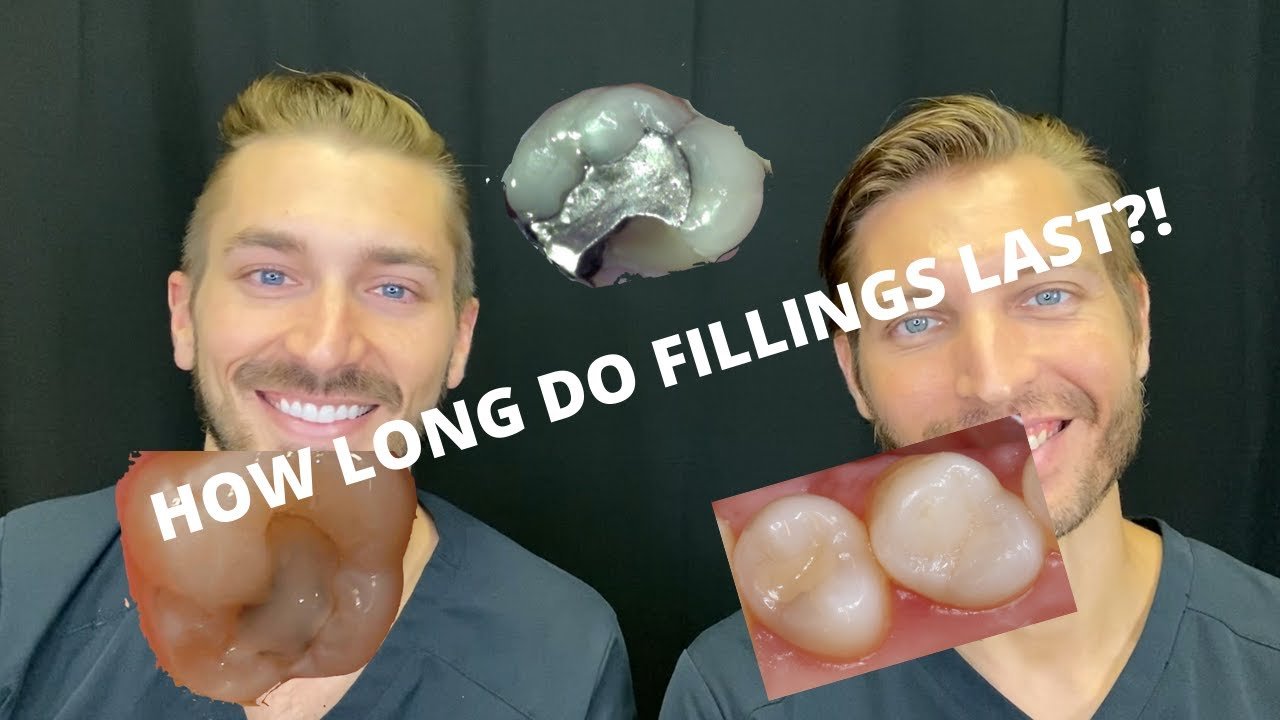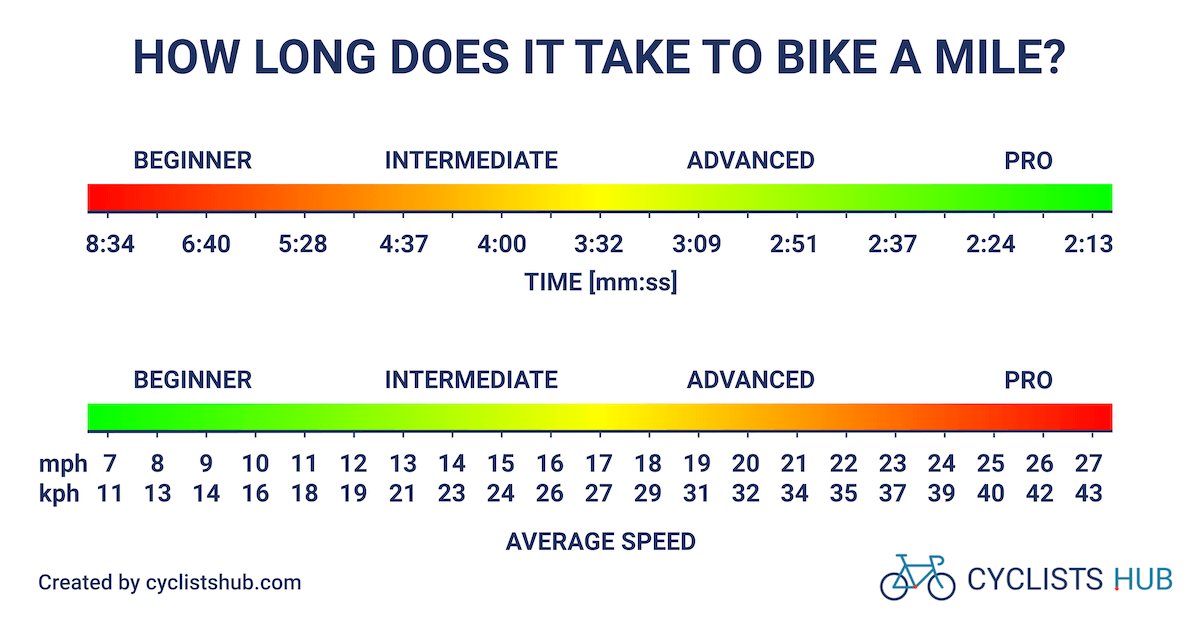Getting a filling at the dentist typically takes around 30 to 60 minutes. The process involves numbing the area, removing decay, and filling the cavity. But have you ever wondered, “How long does getting a filling take?” Let’s delve deeper into the journey of getting a dental filling and what you can expect during this common procedure.
How Long Does Getting a Filling Take?
Welcome curious minds, today we are going to explore the fascinating world of dental fillings. Have you ever wondered how long it takes to get a filling at the dentist’s office? Well, you’re in the right place because we are going to dive deep into this topic and unravel all the details you need to know.
The Basics of Dental Fillings
Before we get into the nitty-gritty details of how long it takes to get a filling, let’s first understand what a dental filling actually is. A dental filling is a common dental procedure used to repair a tooth that has been damaged by decay or cavities. When you have a cavity, your dentist will remove the decayed portion of the tooth and fill it with a material to restore its function and structure.
Types of Dental Fillings
There are different types of dental fillings that can be used, including amalgam fillings, composite fillings, gold fillings, and ceramic fillings. Each type of filling has its own advantages and disadvantages, and your dentist will recommend the best option based on your individual needs.
Factors Affecting the Time Taken for a Filling
Now, let’s get to the main question – how long does getting a filling take? The time taken for a filling procedure can vary depending on several factors:
1. Size and Location of the Cavity
The size and location of the cavity play a significant role in determining how long it will take to fill the tooth. A small cavity that is easy to access may take less time to fill compared to a large cavity hidden in the back of the mouth.
2. Type of Filling Material
The type of filling material used also affects the time taken for the procedure. Some materials require more precision and time to place, while others can be placed more quickly.
3. Dentist’s Technique and Experience
The skill and experience of the dentist performing the filling procedure can impact the time taken. An experienced dentist may work more efficiently and complete the filling faster than a less experienced one.
The Filling Procedure
Now that we have a good understanding of the factors that can affect the time taken for a filling, let’s walk through the typical steps involved in a filling procedure:
1. Anesthesia
Before the filling process begins, your dentist will numb the area around the tooth with a local anesthetic to ensure you don’t feel any pain during the procedure. This step usually takes a few minutes to take effect.
2. Removing Decay
Once the area is numb, the dentist will use a drill or laser to remove the decayed portion of the tooth. The time taken for this step depends on the size and depth of the cavity.
3. Cleaning and Preparing the Tooth
After removing the decay, the dentist will clean the area thoroughly and prepare the tooth for the filling. This may involve etching the tooth surface to create a better bonding surface for the filling material.
4. Placing the Filling
Once the tooth is prepped, the dentist will fill the cavity with the chosen filling material. The time taken to place the filling can vary depending on the type of material and the complexity of the filling.
5. Shaping and Polishing
After the filling is placed, the dentist will shape it to ensure it fits comfortably with your bite. The final step involves polishing the filling to make it smooth and blend in with the rest of your tooth.
So, how long does getting a filling take? The entire process can typically range from 30 minutes to an hour or more, depending on the factors we’ve discussed. Remember, each case is unique, and your dentist will provide you with a more accurate estimate based on your specific situation. Dental fillings are essential for maintaining good oral health, so don’t be afraid to get them done when needed!
We hope this article has shed light on the mystery of how long it takes to get a filling. If you have any more questions or are curious about other dental procedures, feel free to ask your friendly dentist during your next visit. Until next time, keep smiling bright!
Composite Tooth Filling EXPLAINED | In Office to Hands On Dental Training
Frequently Asked Questions
How long does the process of getting a filling typically take?
Getting a filling usually takes about 1 to 2 hours from start to finish. The actual time may vary depending on the size and location of the cavity, the type of filling material being used, and additional procedures like anesthesia or dental cleanings.
Is there a difference in the time needed for a regular filling versus a composite filling?
The time needed for a regular amalgam filling and a composite filling may differ slightly. Generally, composite fillings, which are tooth-colored and require layering and curing with a special light, can take a bit longer to complete compared to traditional amalgam fillings.
Are there any factors that can affect the duration of a filling procedure?
Yes, several factors can impact how long a filling procedure takes. These include the complexity and size of the cavity, the location of the tooth needing the filling, the type of filling material chosen, the need for additional procedures like root canals or dental cleanings, and the patient’s ability to stay comfortable during the process.
Final Thoughts
In conclusion, the process of getting a filling typically takes about 30 to 60 minutes. This may vary depending on the complexity of the filling and the dentist’s technique. It is a routine procedure that helps restore and protect teeth from further decay. Patients can expect to be in and out of the dentist’s office within an hour, with minimal discomfort. Overall, understanding how long does getting a filling take can help alleviate any anxiety related to the procedure.




